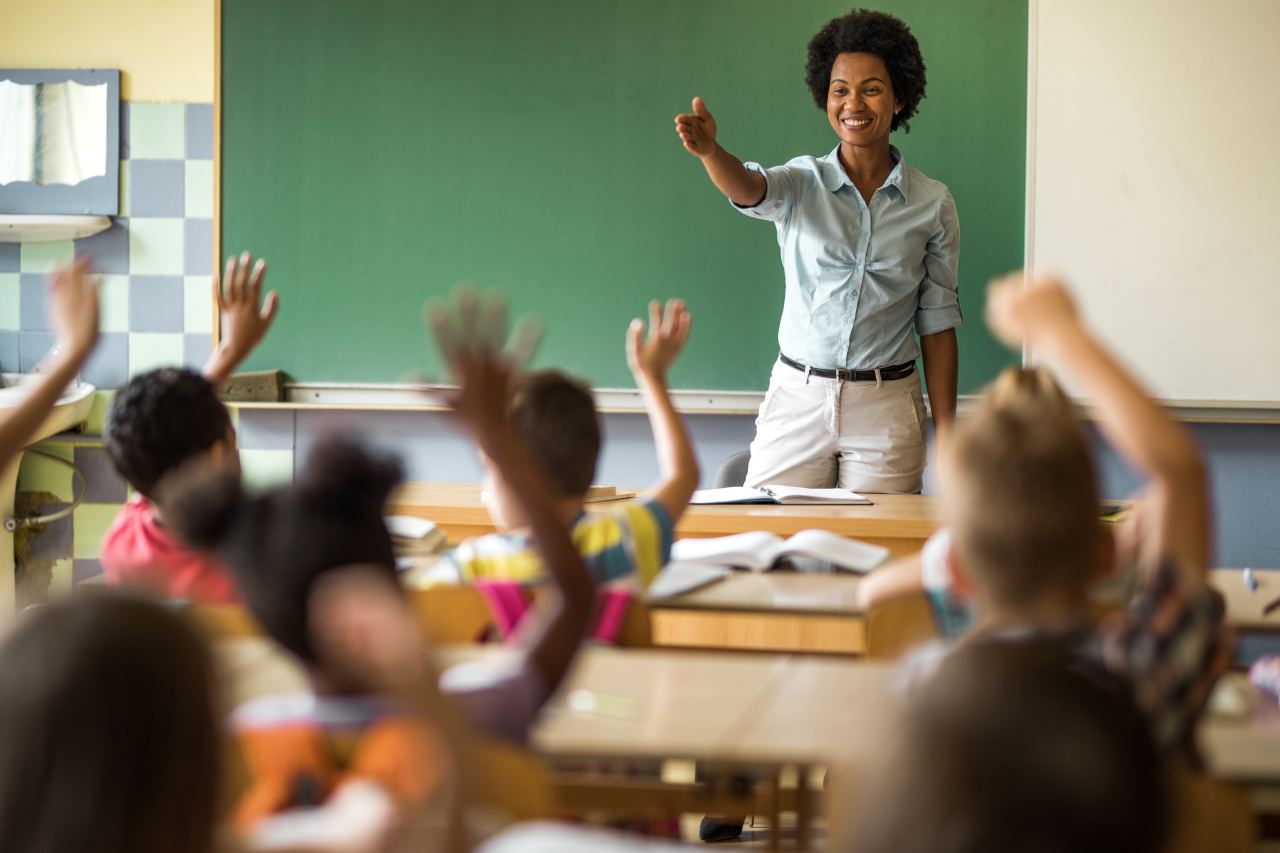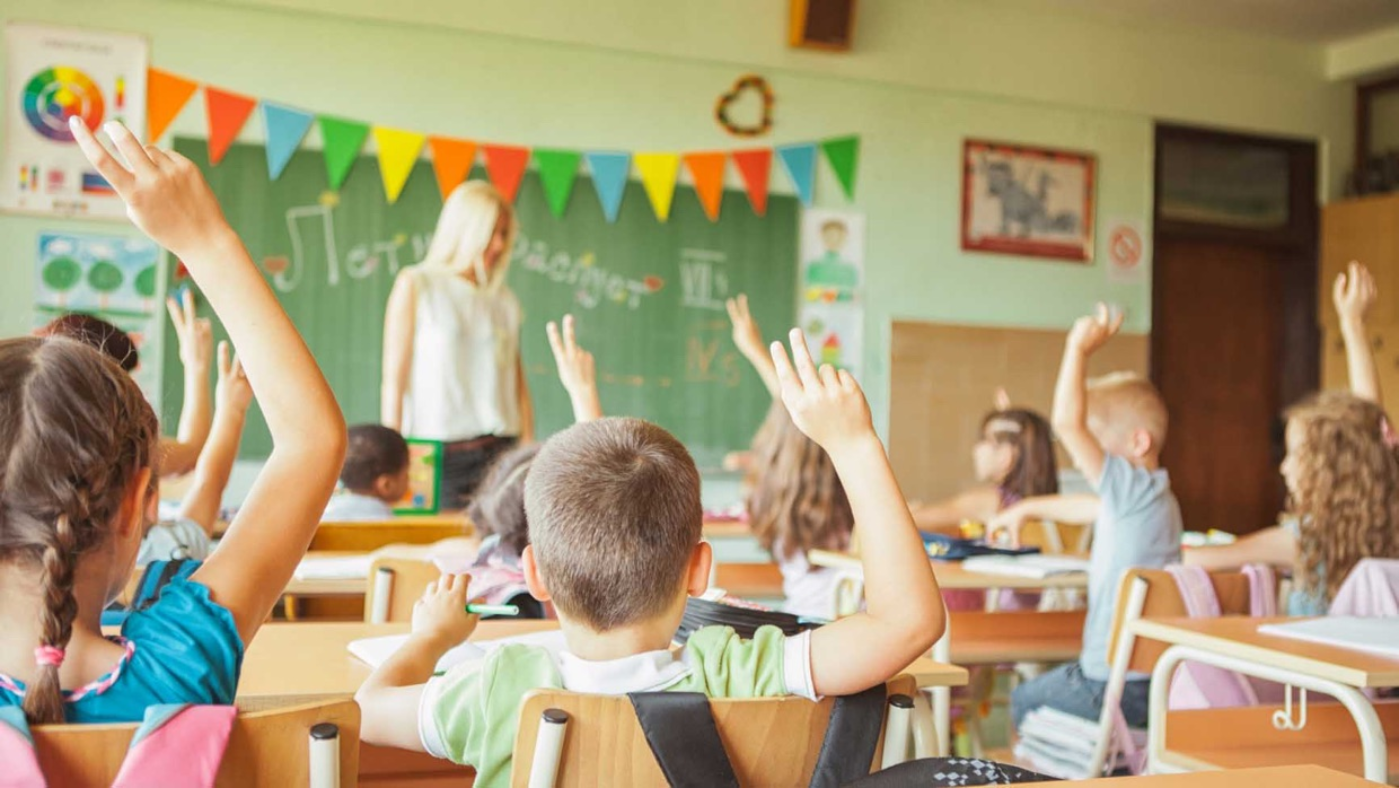Exploring the Different Teaching Methods in Main Scientific Research Education And Learning Today
The landscape of primary scientific research education is advancing, with different teaching approaches gaining prominence in modern class. Inquiry-based learning, hands-on experiments, and the assimilation of technology are redefining exactly how educators engage young minds. In addition, joint methods and set apart instruction are being used to accommodate the varied requirements of pupils, boosting both involvement and understanding. As we examine these methods, questions occur concerning their efficiency and the ramifications for future academic practices. What might these changes in approach mean for the future generation of learners?
Inquiry-Based Discovering
Inquiry-Based Discovering (IBL) is an instructional method that encourages students to explore scientific ideas through wondering about, investigation, and hands-on trial and error. This method emphasizes the role of pupils as active participants in their discovering, advertising crucial thinking and problem-solving skills. By involving with real-world inquiries, trainees become curious and inspired, which boosts their understanding of clinical concepts.
In IBL, educators act as facilitators, guiding trainees as they browse their questions rather than providing information directly. This student-centered strategy enables distinction, suiting numerous finding out designs and paces. Pupils create abilities in formulating theories, developing experiments, and evaluating information, which are important for clinical literacy.
Furthermore, IBL cultivates cooperation amongst trainees, motivating them to share concepts and searchings for. This cumulative questions advertises social abilities and a sense of neighborhood within the class. The procedure of query urges resilience, as students find out to embrace failing as a tipping rock toward understanding.
Hands-On Experiments
Hands-on experiments are a vital component of effective science education and learning, matching the concepts of inquiry-based discovering. These experiments enable students to engage directly with scientific concepts, promoting a much deeper understanding with experiential discovering. By controling materials and observing end results, young learners can realize abstract theories in concrete means.
Such tasks promote essential reasoning and analytic abilities, as trainees assume results, conduct experiments, and analyze results. This process urges them to ask concerns, improve their understanding, and develop a scientific frame of mind. Additionally, hands-on experiments can be tailored to varied understanding designs, guaranteeing that all pupils have the possibility to engage meaningfully with the web content.
Moreover, hands-on experiments commonly encourage partnership amongst peers, promoting synergy and communication skills. Operating in teams allows trainees to share ideas, review searchings for, and find out from one another, which enhances their general educational experience.
Integrating hands-on experiments into the key scientific research curriculum not only improves the learning environment but also grows a lifelong passion in science. By actively taking part in their education, pupils are extra most likely to establish an enthusiasm for scientific questions that extends past the class.

Innovation Assimilation
Incorporating modern technology into primary science education has come to be significantly vital in promoting trainee engagement and boosting learning end results. Making use of digital devices, such as interactive simulations, digital laboratories, and educational software, provides pupils with chances to explore scientific principles in ingenious means. These sources promote a much deeper understanding of complicated topics by enabling students to visualize and adjust variables that would certainly be not practical in a standard class setting.
Furthermore, innovation assimilation urges customized discovering experiences. Students can progress at their own speed, revisiting tough principles through multimedia resources, which provide to different learning styles. This versatility not just sustains specific growth yet additionally grows a feeling of autonomy in students.
Furthermore, innovation functions as a bridge to real-world science, linking pupils with existing research and professional payments. Access to clinical journals and on the internet databases broadens students' perspectives on scientific query and promotes essential thinking abilities.
Collaborative Understanding
Collective discovering plays a vital role in primary science education by promoting teamwork and interaction abilities amongst students. This technique motivates students to interact, share expertise, and involve in analytic, which enhances their understanding of scientific concepts. By getting involved in group tasks, students find out to articulate their ideas, listen to diverse point of views, and discuss solutions, every one of which are vital abilities in both scholastic and real-world contexts.

Research shows that collective discovering can cause raised inspiration and engagement in scientific research subjects, as trainees find enjoyment in shared pop over to this web-site experiences (primary science tuition Singapore). In addition, this strategy prepares trainees for future collaborative endeavors, equipping them with the skills essential for efficient team effort in college and great post to read professional environments. Inevitably, accepting collective learning in primary science education can significantly improve the knowing experience and advertise a much deeper understanding of scientific inquiry
Differentiated Direction

Differentiated direction can manifest in numerous methods, such as varying the content, processes, or products of discovering. For instance, educators might make use of tiered assignments that provide varying degrees of complexity, permitting students to work at their respective preparedness degrees. Furthermore, flexible organizing methods can assist in collaboration among students with various capabilities, fostering peer learning.
Assessment plays a vital duty in this strategy, as it informs instruction and helps instructors comprehend each student's unique requirements. Formative evaluations, such as tests and monitorings, can lead teachers in readjusting their strategies to boost discovering outcomes. primary science tuition Singapore. Inevitably, by carrying out set apart guideline in main scientific research education and learning, educators can cultivate a more fair and reliable knowing environment, empowering all students to reach their complete capacity in comprehending scientific phenomena
Final Thought
In recap, the varied training techniques in key scientific research education, including inquiry-based learning, hands-on experiments, modern technology integration, collaborative learning, and distinguished direction, collectively add to an extra efficient discovering environment. These methods advertise important reasoning, analytical skills, and a much deeper comprehension click here for more of clinical ideas. By executing these methods, instructors can produce engaging and encouraging class that deal with the diverse needs of trainees, ultimately fostering a lifelong passion in scientific research and improving academic achievement.
Inquiry-Based Understanding (IBL) is an instructional method that encourages trainees to check out scientific ideas with questioning, investigation, and hands-on testing.Joint understanding plays an essential role in key scientific research education by promoting teamwork and interaction skills among pupils.Research study indicates that collaborative learning can lead to increased motivation and involvement in science topics, as pupils find pleasure in common experiences.In fostering a comprehensive knowing environment, separated guideline arises as a crucial technique to accommodate the varied demands and abilities of trainees in main scientific research education. Eventually, by carrying out set apart direction in main science education, educators can cultivate a more effective and equitable discovering setting, equipping all trainees to reach their complete possibility in understanding clinical phenomena.